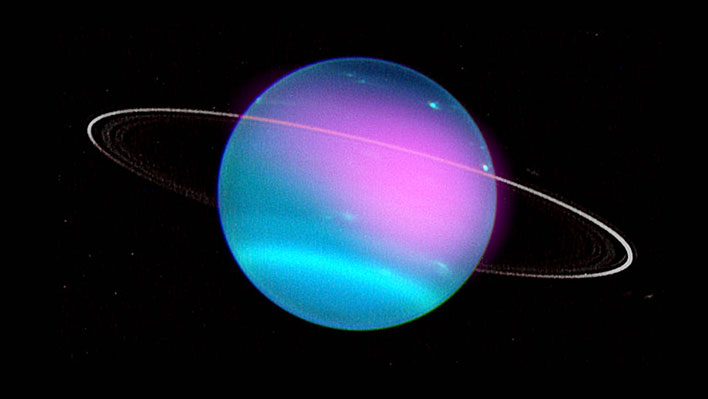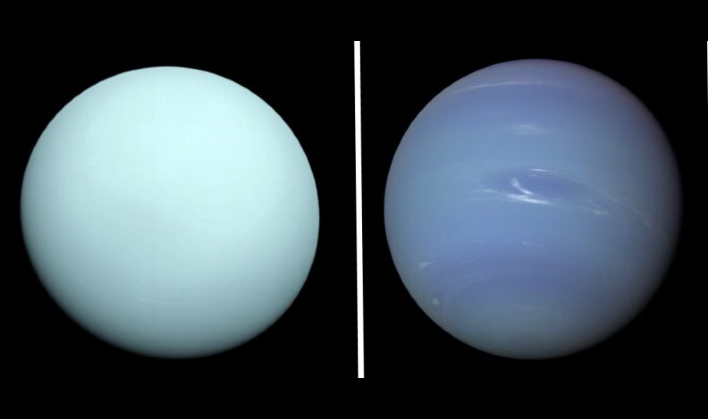There May Be Precious Gems In Uranus

In order for a diamond to form, it requires a combination of events to occur, according to a new research paper released on Nature Communications. First, it requires having a supply of carbon dioxide available, and then heating that to a temperature of roughly 4,730 degrees Celsius (8,450 degrees Fahrenheit). This will enable the hydrocarbon to separate into its basic elements of hydrogen and carbon. Then, a pressure of about 15 million atmospheres is needed to compress the carbon clusters into its most stable configuration, diamonds.
"This research provides data on a phenomenon that is very difficult to model computationally: the 'miscibility' of two elements, or how they combine when mixed," LCLS Director Mike Dunne explained. "Here they can see how two elements separate, like getting mayonnaise to separate back into oil and vinegar."
When it comes to ice giants, like Uranus and Neptune, carbon almost exclusively forms diamonds when it separates, and does not take on a fluid transitional form, according to lead author Dr. Dominik Kraus, from Helmholtz-Zentrum Dresden-Rossendorf.

The resulting "diamond rain" phenomenon on the two planets is crucial to maintaining the distant planets' internal energy balance. The research indicated that diamonds created in a laboratory would sink, and thus creating heat as they rubbed against the thick substance around them. As this occurs, a planet is able to maintain a higher internal temperature.
The research was conducted using the mind-boggling SLAC (the US DoE's National Accelerator Laboratory) Linac Coherent Light Source (LCLS), in order to examine how a hydrocarbon would act under pressure and temperature predicted 10,000 kilometers (6.200 miles) inside Neptune. While the new discovery will certainly aid in our understanding of Neptune, Uranus and other comparable places in our Solar System, it could be utilized in studies in other areas as well.
One example of how this new technique could be used in investigating other things, is how extremes of this nature would impact pure hydrogen. This type of simulation could mimic conditions observed in small stars or nuclear fusion reactors. By studying this type of behavior, we could gain a firmer grasp for mastering some principles of fusion that we currently lack a solid understanding of.
Images, Credit: NASA

